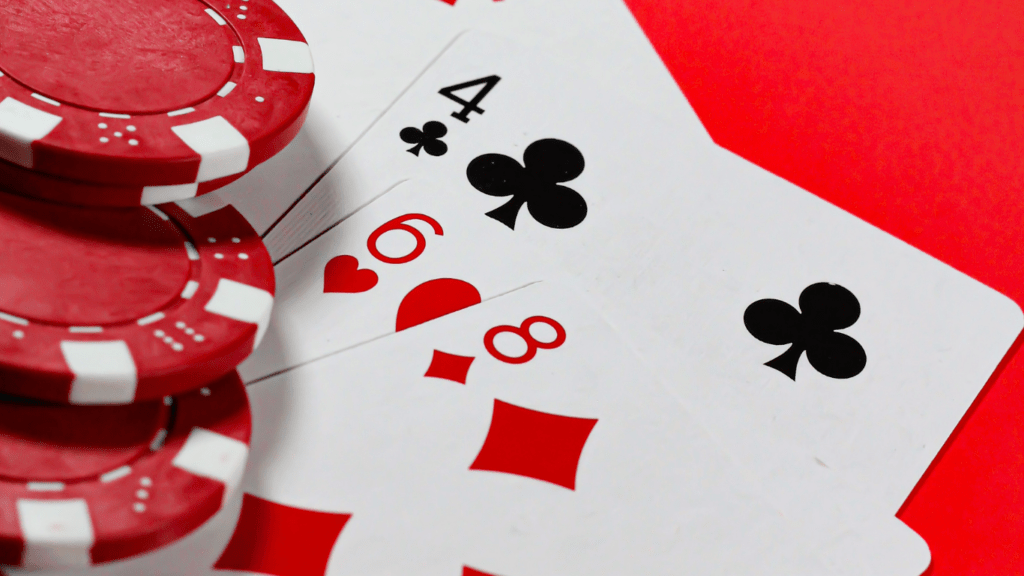As a seasoned blackjack enthusiast, I’ve always been intrigued by the art of card counting and its impact on the game. The question that often arises in the world of blackjack is whether card counting is still a viable strategy in today’s casinos.
With the evolution of technology and increased surveillance, the effectiveness of card counting has been a topic of debate among players and experts alike. In this article, I’ll delve into the realm of card counting in blackjack and explore its relevance in modern gaming.
From its origins to its current status, I’ll provide insights into the effectiveness of this strategy and whether it still holds weight in the fast-paced world of casino gaming. Join me as we unravel the mysteries of card counting and determine if it’s a skill worth mastering at the blackjack table.
History of Card Counting in Blackjack
Exploring the history of card counting in blackjack sheds light on its evolution as a strategic technique in casino gaming. Card counting originated in the early 1960s when mathematician Edward O. Thorp introduced the concept in his book, “Beat the Dealer,” revolutionizing how players approached the game by emphasizing the tracking of high and low cards.
During the 1970s and 1980s, card counting gained popularity among players seeking an edge over the house, leading to the emergence of teams like the MIT Blackjack Team, who refined strategies. The 1990s saw casinos ramping up security measures, making traditional counting less effective, yet skilled players adapted, showcasing the resilience of card counting in evolving gaming environments.
How Card Counting Works
Exploring how card counting works reveals the foundational strategy behind this technique. It involves assigning a point value to each card dealt in blackjack, with low cards like 2, 3, and 4 valued at +1 and high cards like 10, J, Q, K, and A valued at -1.
Adapting to the changing card composition enables players to make strategic decisions. A high positive count indicates more high cards remain in the deck, which favors the player, while a negative count signals an excess of low cards that benefits the dealer, empowering players to adjust their bets and improve their odds of winning.
Methods of Card Counting
The Hi-Lo System:
I’ll explain the Hi-Lo system, a popular and straightforward card counting method. In this system, players assign a value of +1 to low cards (2, 3, 4), -1 to high cards (10, J, Q, K, A), and 0 to neutral cards (7, 8, 9). By keeping a running count as cards are dealt, players can gauge the deck composition and adjust their bets accordingly.
The KO System:
In the KO System, also known as the Knock-Out system, players simplify card counting by not keeping a true count. This method assigns values to cards similarly to the Hi-Lo system but does not require converting the running count to a true count. It’s a more accessible strategy for beginners or casual players looking to leverage card counting without the complexities of true count conversion.
Effectiveness of Card Counting Today
Exploring the effectiveness of card counting in today’s blackjack landscape reveals a nuanced picture influenced by technological advancements and casino security measures. The evolution of card counting techniques has shaped its efficacy, as players seek to gain an edge in an increasingly challenging environment.
Card counting, popularized by Edward O. Thorp in the 1960s, peaked in the 1970s and 1980s with teams like the MIT Blackjack Team, but the 1990s saw casinos tightening security, making traditional methods less effective. Despite these challenges, variations of card counting persist, allowing players to adjust their bets based on the card composition and potentially gain a slight advantage with proficiency and adaptability.
Challenges Faced by Card Counters
Exploring the realm of card counting in blackjack reveals several challenges that practitioners encounter in today’s gaming landscape. While the technique has a rich history and proven effectiveness when executed skillfully, various obstacles hinder its application in contemporary casinos.
- Increased Surveillance and Security Measures: As casinos fortify their surveillance systems and security protocols, card counters face greater scrutiny and risk exposure. The advancements in technology have empowered casinos to monitor player behavior closely, making it challenging for card counters to operate discreetly.
- Complexity of Modern Blackjack Games: Today’s blackjack games feature multiple decks, frequent shuffling, and automatic shufflers, adding layers of complexity that can impede traditional card counting strategies. The dynamic nature of modern gameplay demands adaptability and quick decision-making from card counters.
- Skill and Concentration Requirements: Successful card counting necessitates a high level of skill, concentration, and mental agility. Players must maintain focus amidst distractions, accurately track card values, and make strategic decisions within a fast-paced casino environment, which can be demanding and mentally taxing.
- Legal Implications and Casino Policies: While card counting itself is not illegal, casinos reserve the right to ban or restrict players perceived as engaging in advantage play. This creates a legal gray area for card counters, who must navigate casino policies and potential repercussions while honing their skills.
- Adaptation to Evolving Strategies: To remain effective, card counters must continuously adapt their strategies to counter evolving casino tactics and technological advancements. Staying ahead of the curve requires ongoing education, practice, and innovation to outsmart the ever-changing landscape of modern blackjack gaming.
Navigating these challenges demands resilience, strategic acumen, and a deep understanding of the nuances of card counting. Despite the obstacles, dedicated practitioners can still leverage this technique to gain a competitive edge in blackjack, provided they are willing to overcome the hurdles and master the craft.


